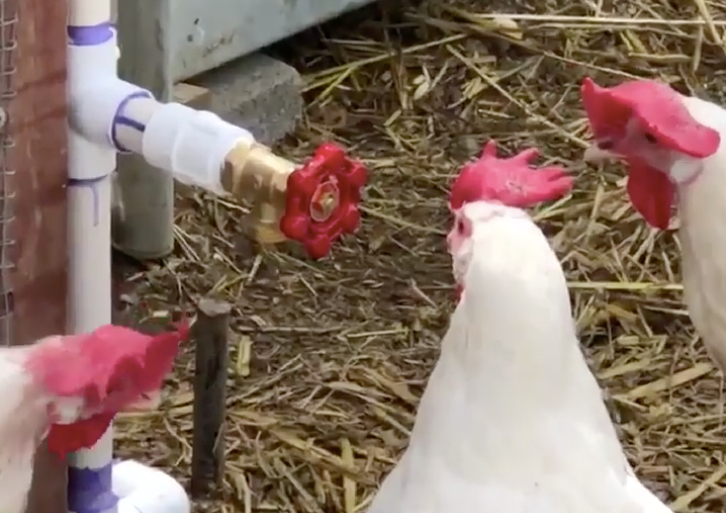Earlier today, I contributed $297 to help a guy named Taki beat cancer.
I’ve never met Taki. I have no special connection to him. I’m also not naturally the type to contribute to charitable causes. So what gives?
Well, as the GoFundMe page says,
“If you donate $297 or more, Parris Lampropoulos will send you a thank-you gift. Just email him your donation receipt.”
Let me explain what this is all about.
1. Name recognition
I’d first heard of Parris Lampropoulos through an interview on Clayton Makepeace’s site.
Clayton is (or was?) a super successful copywriter.
And he regularly interviewed other super successful copywriters, including Parris.
After reading the interview, I was curious to see whether Parris had a blog, or a newsletter, or a book, or a copywriting course…
And he didn’t. He seemed to be a secretive, off-line kind of guy. A shame, I thought, and I filed the name Parris Lampropoulus away for later.
That’s an important point — I knew the name. Because then…
2. Touch-point barrage
About a week ago, it started to trickle in.
First, I read an email from Ben Settle.
Parris Lampropoulus is finally making available his copywriting wisdom! And for ridiculously cheap! And all in an effort to help his cousin Taki beat cancer!
Ben was the first, but certainly not the last, to make this announcement.
Over the next few days, I saw David Garfinkel, Brian Kurtz, Abbey Woodcock, David Deutsch, and probably somebody else I’m forgetting also promoting Parris’s offer. Here’s why this barrage mattered:
3. Sell to buyers
After I first heard of the Parris offer, I got excited. I then told myself to cool off.
“You’ve got enough copywriting books and courses to last you the next five years,” I said to myself. “Why buy more?”
But the thing is, over the past year or two, I’ve started freely spending money on good information. And I’ve found I never regret it.
In other words, I always get more out of the info I bought than what I paid for it. Maybe through winning new client work, or through being able to charge more, or through some mysterious opportunities opening up.
So in many ways, I was an ideal prospect for this offer. And when I got a second reminder about Parris’s offer — and a third, and a fourth, all from independent quarters — my initial resistance wore down quickly.
And there was one last thing that helped.
4. The charitable opportunity
Some people probably took up Parris on his offer specifically because they wanted to help Taki. But like I said, I’m not the type to contribute to charitable causes (yet — maybe this first experience will be a crack in the floodgates).
Still, the charitable offer did help to convince me to pony up $297. I realized this when I considered the alternative.
If this had simply been a new course launch, I probably would have held off.
A part of why is urgency — Parris will take this offer down once the funding goal is reached, and that probably wouldn’t have been true with a regular course.
But another part of it is the fire sale element of all this.
People rush to a fire sale because they feel they must be getting a steal. Because they think they are taking advantage of somebody else’s time of need.
I’m not proud of it, but I realize that, somewhere not very deep down, there was an element of this in my motivation to seize this opportunity.
So there you have it.
My analysis of an easy, enjoyable $297 sale, or rather purchase.
I think Gary Halbert once wrote that, if you want to do direct mail, you should buy stuff through mail, and allow yourself to enjoy the process. That way, you can understand what the process is like for one of your customers — to have doubts, to make the decision, to be excited about the purchase.
That’s what I did today. Besides, of course, helping a guy named Taki and getting a valuable and rare item for my copywriting library.
Anyways, if you’re selling something online, I believe you should be able to use any of the four points above to sell a little more of whatever it is you’re selling.
And if you’re interested in taking Parris up on his offer, before the fundraising target is met, here’s the link to the page that describes everything you get:
http://o.copychief.com/parris-lampropoulos



